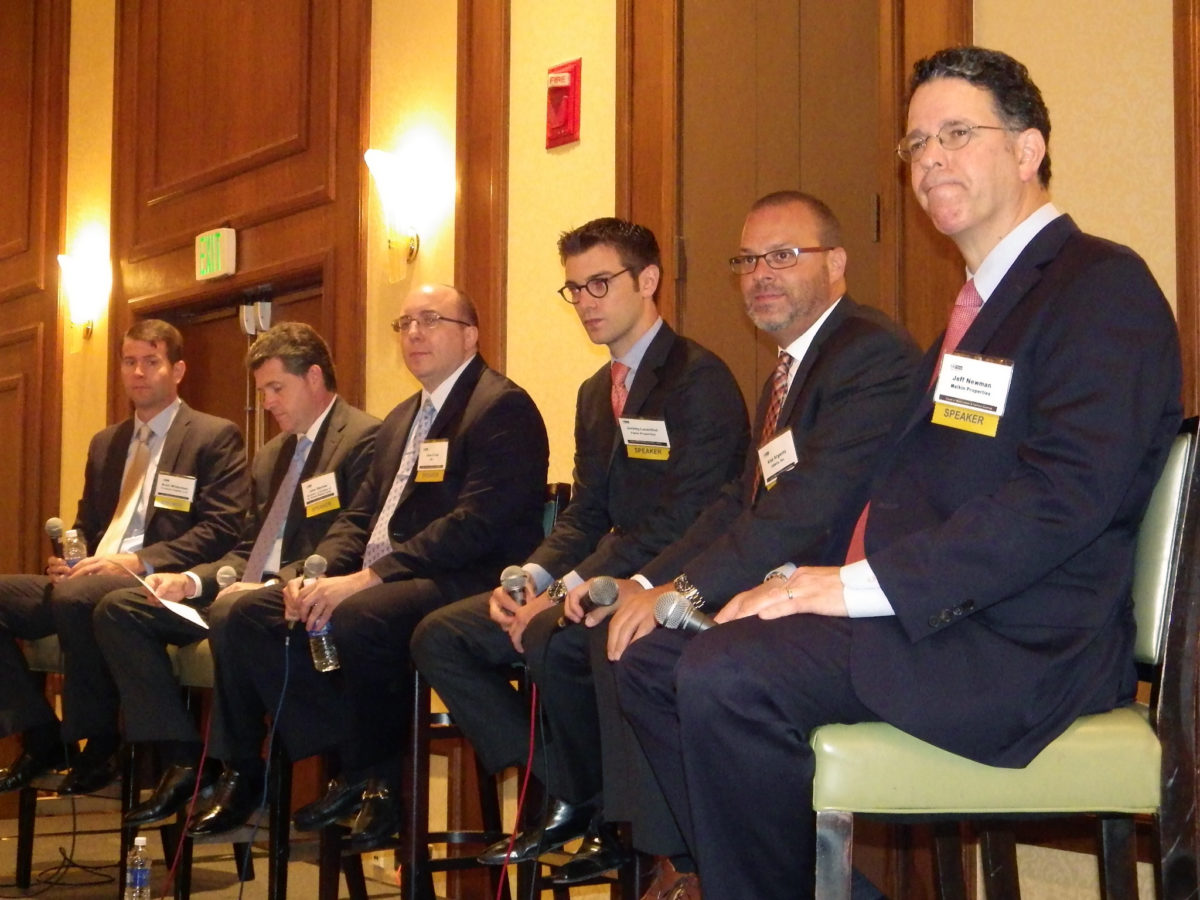People may still have their doubts about climate change, but it”™s already affecting property owners”™ bottom lines.
According to industry reports, property insurance rates have increased more than 5 percent over the last year in places like Connecticut that have a high exposure to natural disasters such as hurricanes, tornadoes, blizzards or wildfires.
Experts agree the frequency of such disasters is expected to increase with climate change, and as a result, there”™s a heightened focus on the insurance industry and how property owners can protect themselves.
To facilitate a transparent conversation with the insurance industry, officials at the Connecticut Insurance Department recently joined four other states in mandating insurance companies complete an annual climate change risk survey to assess what providers are doing to prepare for the effects of climate change.
“Connecticut has been significantly impacted by the weather so I think it”™s important the industry understands what this means and what”™s at risk for them,” said George Bradner, the Insurance Department”™s director of property and casualty. “It”™s important that companies recognize what their risks are. They have a sophisticated process of underwriting risks; they have to make sure they”™re solvent to take on insurance claims at the end of the day.”
Any company that collects more than $100 million in premiums a year will be required to complete the survey. About 110 companies in Connecticut meet that threshold, according to the Insurance Department.
Bradner said he”™d like to see more active participation from insurance companies in discussions over climate change and an increase in customer demand for new, innovative polices to protect against future losses. Based on previous surveys completed by companies in California, Minnesota, New York and Washington, analysts say not all companies have been focused on or actively planning in advance of climate change.
However Robert Hartwig, president of the Insurance Information Institute in New York, disagreed with the notion that the industry wasn”™t prepared for climate change.
“There”™s effectively no other industry that can demonstrate better resiliency and financial wherewithal to withstand whatever climate change may bring,” Hartwig said. “Despite the fact that the industry saw 10 of the 12 most costly hurricanes happen in the last decade, record tornado activity and wildfires ”¦ the industry is rock solid financially and emerged from 2011 and 2012 even stronger than they did going into those losses.”
Hartwig said the industry for decades has very closely monitored natural disasters and the financial impact for essentially every piece of property. As risks go up, the price of polices go up. Additionally, despite the recession, the value of coastal properties increased 20 percent from 2007 to 2012, meaning the cost to insure those properties is even higher now.
Especially following Hurricane Sandy, there”™s been an emphasis on making sure customers understand their insurance policies, said Bob Shine, a chief underwriting officer for XL Group Plc.
The insurance giant owns a number of companies, including Stamford-based Greenwich Insurance Co.
“Recent severe weather events, including Superstorm Sandy, have raised awareness about insurance coverage and driven buyers to look at the adequacy of their coverage,” Shine said. “Prior to Superstorm Sandy, many homeowners did not have flood insurance, but Sandy brought a record storm surge and a new reality for many homeowners and businesses who now know they are at risk for flooding.”
According to a 2011 New York climate risk survey completed by officials at Greenwich Insurance Co., XL Group has employed a number of task forces to assess emerging risks associated with climate change. Yet without statistical certainty of when disasters might strike, it can be difficult to estimate the cost of losses that could occur.
To mitigate losses, the company sends out risk engineers to customers”™ facilities to evaluate operations and make suggestions. Sometimes their suggestions can be as simple as moving supplies off a basement floor prone to flooding.
“We can protect customers at the same level [as in the past],” Shine said. “But all of us are going to pay attention to what we can do ahead of the storms or others severe weather events to prevent or at least minimize potential losses.”





















